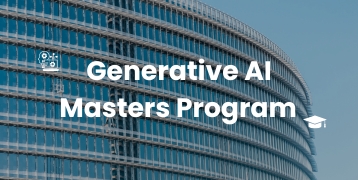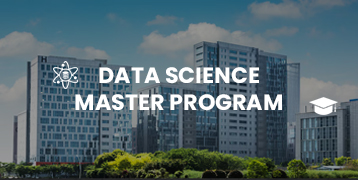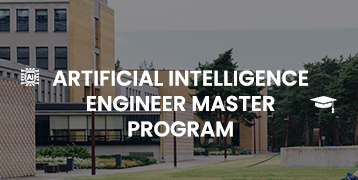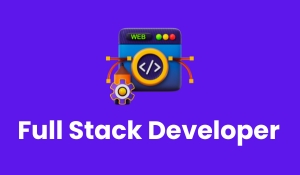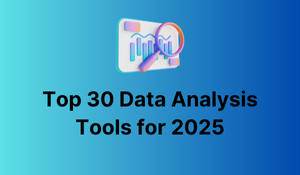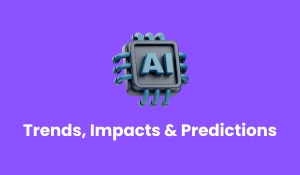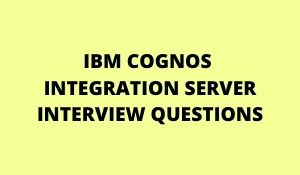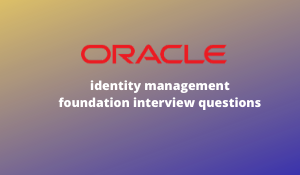
What is an Identity?
An identity is the virtual representation of an enterprise resource user including employees, customers, partners, and vendors. Identity Management shows the rights and relationships the user has when interacting with a company’s network.
What are the benefits of Identity Management?
Centralized auditing and reporting – Know who did what and report on system usage.
Reduce IT operating costs – Immediate return on investment is realized by eliminating the use of paper forms, phone calls and wait time for new account generation and enabling user self-service and password management.
Minimize Security Risk – Control access to the network and instantaneously update accounts in a complex enterprise environment including layoffs, acquisitions, partner changes, and temporary and contract workers.
Improved quality of IT services
Legal compliance – Many government mandates require secure control of access.
What are an Application Server and a Web server?
A Web server exclusively handles HTTP requests, whereas an application server serves business logic to application programs through any number of protocols.
Web server mainly handles the HTTP requests but app servers can be used to handle HTTP, RMI, TCP/IP, and many more protocols. Webserver just handles the requests of the webpage – which means suppose, an HTML page(presentation layer) requests data – here script is written containing the business logic, and then it just gives the response with the required data from the database. Then the HTML page with the script is used to show the retrieved information. In the case of the application server, it does the same thing, of getting and giving the response but it can process the requests. i.e. in this case, instead of the script knowing how to fetch the data, the script is simply used to call the applications server’s lookup service to retrieve and process the data. i.e. here, the application server is used for processing/applying logic. The web server can be considered as the subset of the app server
The basic difference between a web server and an application server is WebServer can execute only web applications i.e. servlets and JSPs and has only a single container known as a Web container which is used to interpret/execute web applications Application server can execute Enterprise applications, i,e (servlets, jsps, and EJBs) it is having two containers
- WebContainer (for interpreting/executing servlets and jsps)
- EJB container (for executing EJBs).
It can perform operations like load balancing, transaction demarcation, etc

What is the purpose of a rule designer?
Use this form to create rules that can be applied to password policy selection, automatic group membership, provisioning process selection, task assignment, and prepopulating adapters
What is an Adapter? What Adapters are available in OIM?
An adapter is a Java class that is created by an Oracle Identity Manager user through the Adapter Factory.
Process Tasks adapters – automate the completion of a process task and are attached to a Process Definition Form ( AD user, OID User, etc)
Entity Adapter – automatically populates a field on the OIM User form or custom User Form on pre-update, pre-delete, pre-insert, post-insert, post-update, or post-delete
Pre-Populate Adapter – a specific type of rule generator attached to a user-created form field that can automatically generate data to the form but does not save that data to the OIM database but does send that information to the appropriate directory user object. The data can come from manual entry on a form or from automated entry from the OIM-defined forms.
Rule Generator – can populate fields automatically on an OIM form or a user-created form and save to the OIM database based on business rules
Task Assignment Adapter – automates the assignment of a process task to a user or group
How does Identity Management (IDM) work?
The process involves creating user accounts that can be modified, disabled, or deleted. Delegated workflows, rules, and policies are applied to the user’s account.
A user profile will tell the company: who they are, what they are entitled to do, when they are allowed to perform specific functions, where they are allowed to perform functions from, and why they have been granted permissions.
What is the purpose of Reconciliation Manager?
You can look here for recon data once the reconciliation is complete. You can determine whether the event is received and linked or not.

